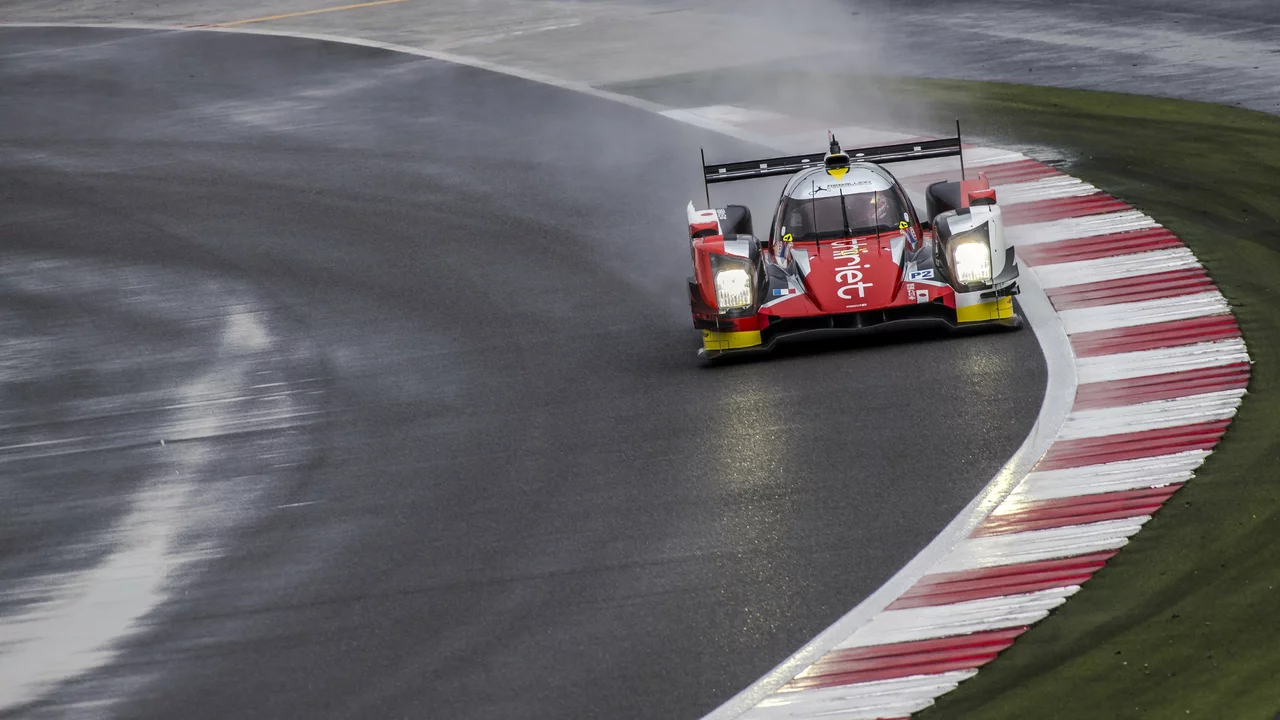Understanding the Concept of the Racing Line
Let's begin by understanding what exactly is the 'racing line' in auto racing. In the simplest terms, the 'racing line' is the quickest path around a race track. It's essentially the imaginary line that, when followed, will allow a driver to complete a circuit in the minimal amount of time possible. It's a concept that's crucial for any professional racer, but it's equally significant for any car enthusiast who enjoys pushing their vehicle to the limits on a track day.
The racing line isn't a fixed route and varies depending on numerous factors such as the type of car, the weather conditions, and the driver's style. Understanding the racing line, and learning how to follow it, requires a deep understanding of the physics of car movement, combined with an intimate knowledge of the specific track. It's an art as much as it is a science, and it's one of the key elements that separate the good drivers from the great.
The Importance of the Racing Line
Why is understanding the racing line so important? It's all about efficiency. The racing line represents the shortest distance around the track, which means it's the path that will get you from the start to the finish in the least amount of time. But it's not just about distance. The racing line also takes into account the physics of car movement. It considers how a car accelerates, brakes, and corners, and it aims to maximize the car's speed and efficiency in each of these areas.
Following the racing line will help you maintain a higher average speed throughout the circuit, which will result in quicker lap times. It will also help you conserve fuel and reduce tyre wear, which can be critical factors in longer races. More than anything, understanding the racing line will make you a better, safer driver, whether you're on a race track or on the open road.
Components of the Racing Line
The racing line is composed of several key elements: the 'braking point', the 'turn-in point', the 'apex', and the 'exit point'. The 'braking point' is where you begin to slow down before a corner. The 'turn-in point' is where you start to steer into the corner. The 'apex' is the point at which you are closest to the inside of the corner. And the 'exit point' is where you finish the corner and start to accelerate again.
Each of these points is critical, and they all need to be perfectly coordinated to follow the racing line effectively. It's a balancing act of speed, control, and precision, and it requires a deep understanding of both your car and the track. The best drivers are those who can consistently hit these points lap after lap, regardless of the conditions.
How to Find the Racing Line
Finding the racing line isn't always straightforward. It's not simply a case of sticking to the inside of every corner. In fact, often the fastest line will involve starting on the outside of the track, cutting to the inside at the apex, and then moving back to the outside on the exit. This is known as the 'out-in-out' approach and it's generally the most efficient path around a corner.
But every track is different, and the optimal line can vary depending on the specifics of each corner. Some corners may require a late apex, while others may benefit from an early apex. The key is to experiment, practice, and learn from your mistakes. And remember, the fastest line isn't necessarily the most obvious one!
Improving Your Skills
Mastering the racing line is a skill that takes time and practice to develop. It's not something you'll perfect overnight. But with patience, persistence, and a genuine passion for driving, you can improve your understanding and execution of the racing line.
There are plenty of resources available to help you along the way. Online tutorials, video analysis, and driving simulators can all provide valuable insights. But there's no substitute for real-world experience. So get out there, hit the track, and start practicing. Whether you're a professional racer or just a dedicated enthusiast, mastering the racing line will take your driving to a whole new level.
